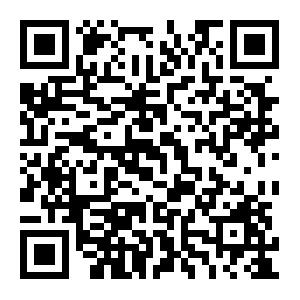熔石英表面铜膜污染物诱导损伤实验研究
Experiment of laser induced damage threshold for fused silica initiated at thin film contamination of Cu on surface
-
摘要: 在熔石英元件表面溅射一层厚度小于10 nm的金属铜膜污染物,并测试元件的透过率。测试355 nm熔石英元件的激光损伤阈值,并用光学显微镜观测损伤形态。实验结果表明:污染后的熔石英元件的损伤阈值降低20%左右,元件表面的金属污染物薄膜经强激光辐照,在熔石英表面形成很多坑状微损伤,分布不均的热应力导致表面起伏,并有明显的烧蚀现象,导致基底损伤阈值下降。建立的光吸收和热沉积传输模型初步解释污染物膜层导致熔石英元件损伤的机理。Abstract: Fused silica were artificially contaminated to estimate the resistance of fused silica against laser damage. Uniform contamination thin films (less than 10 nm thick) were prepared by sputtering materials(Cu). The loss of transmission of the samples was first measured. They were tested at 355 nm in air with Nd:YAG laser. The damage morphologies were characterized by Nomarski optical microscopy. Both theory and experiments show that the laser damage resistance drops very uniformly across the entire surface,about 20%, the damage morphology contrary with that of the clean silica shows many pits on the surface, and the fused silica melts. A model for light absorption and the heat deposition was established to estimate damage thresholds. The damage threshold predictions are in qualitative agree
-
Key words:
- fused silica /
- contamination /
- cu film /
- surface damage /
- damage morphology /
- laser induced damage threshold
-

 点击查看大图
点击查看大图
计量
- 文章访问数: 2248
- HTML全文浏览量: 272
- PDF下载量: 574
- 被引次数: 0




 下载:
下载:
